New research from Binghamton University, State University of New York could revolutionize 3D printing and how engineers think about oxidation.
Tag: Materials
You don’t need glue to hold these materials together — just electricity
A study in ACS Central Science shows that applying voltage to certain objects forms chemical bonds linking the objects together. Reversing the direction of electron flow separates the materials. This could help create biohybrid robots, improve biomedical implants and enable new battery technologies.
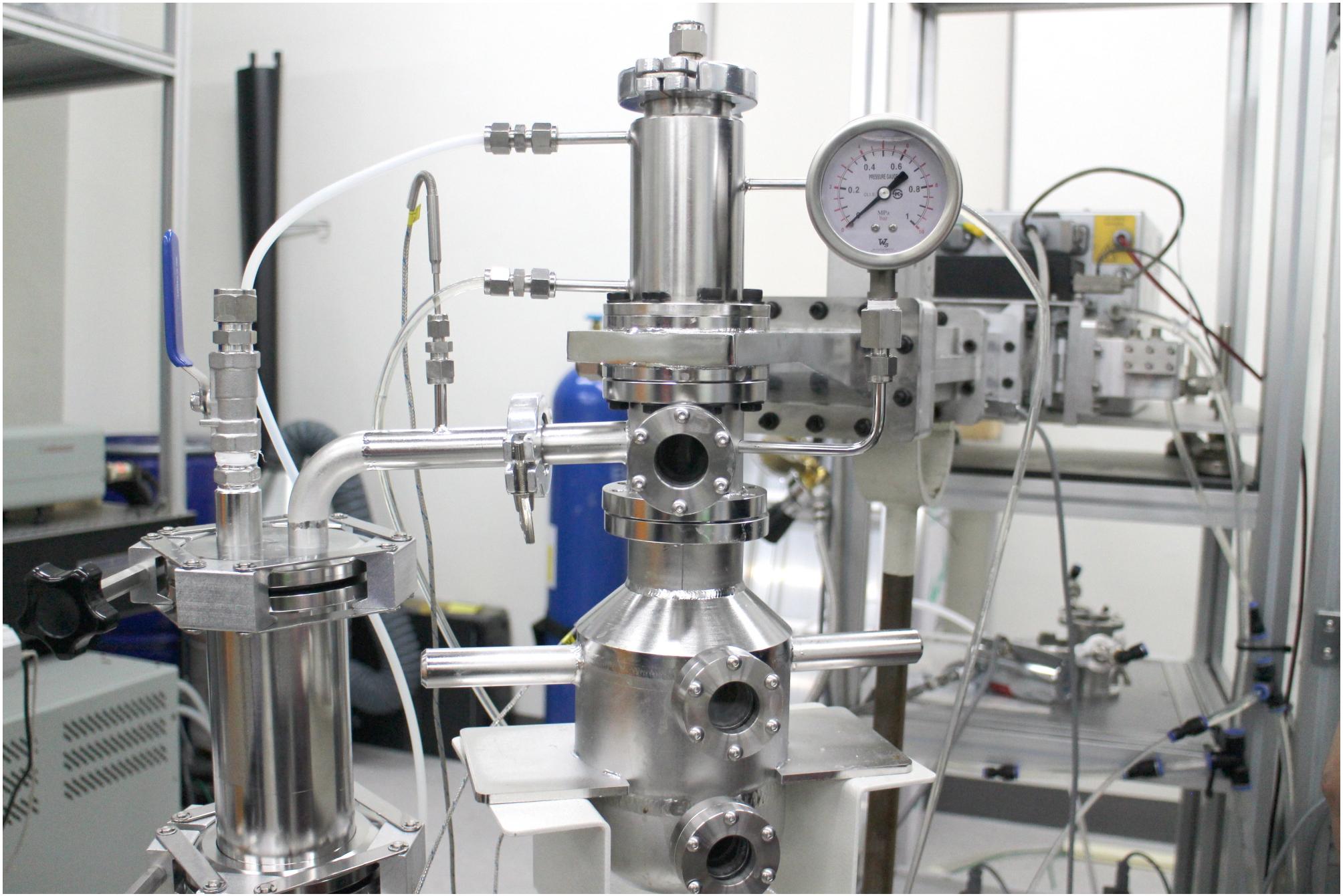
Plasma Technology for More Effective Lithium Extraction
Korea Institute of Fusion Energy(KFE) announced revealed that their researchers have successfully increased the lithium extraction rate by three times compared to pre-existing methods by applying CO2 microwave plasma technology.
Nondestructive Material Analysis: CSNS Back-n’s Neutron Tech Unveiled
Neutrons, known for their ability to penetrate materials deeply, are key in nondestructive material analysis. Techniques like Neutron Resonance Analysis (NRA) and its variant, Neutron Resonance Transmission Analysis (NRTA), use these properties to identify elements and isotopes inside materials without damaging them.
ORNL to lead new center to create sustainable chemical industry processes
The Department of Energy’s Oak Ridge National Laboratory has been selected to lead an Energy Earthshot Research Center, or EERC, focused on developing chemical processes that use sustainable methods instead of burning fossil fuels to radically reduce industrial greenhouse gas emissions to stem climate change and limit the crisis of a rapidly warming planet.
New material could hold key to reducing energy consumption in computers and electronics
A University of Minnesota Twin Cities team has, for the first time, synthesized a thin film of a unique topological semimetal material that has the potential to generate more computing power and memory storage while using significantly less energy.
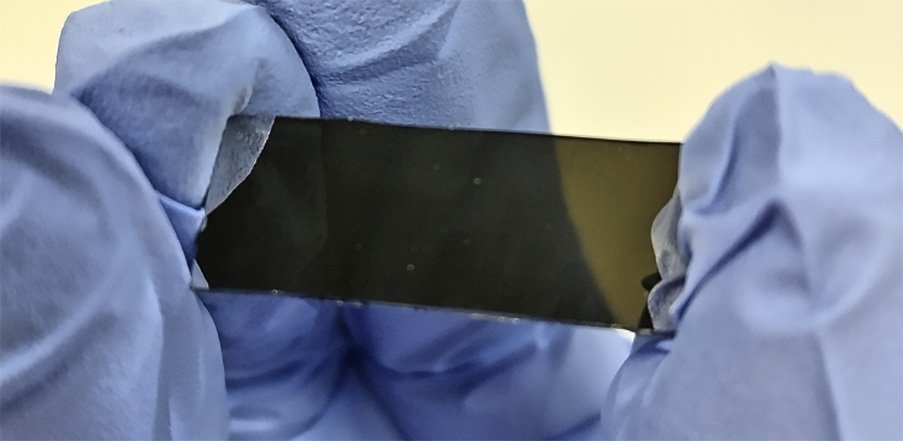
Discovering features of band topology in amorphous thin films
In recent years, scientists have been studying special materials called topological materials, with special attention paid to the shape, i.e., topology, of their electronic structures (electronic bands). Although it is not visible in real space, their unusual shape in topological materials produces various unique properties that can be suitable for making next-generation devices.
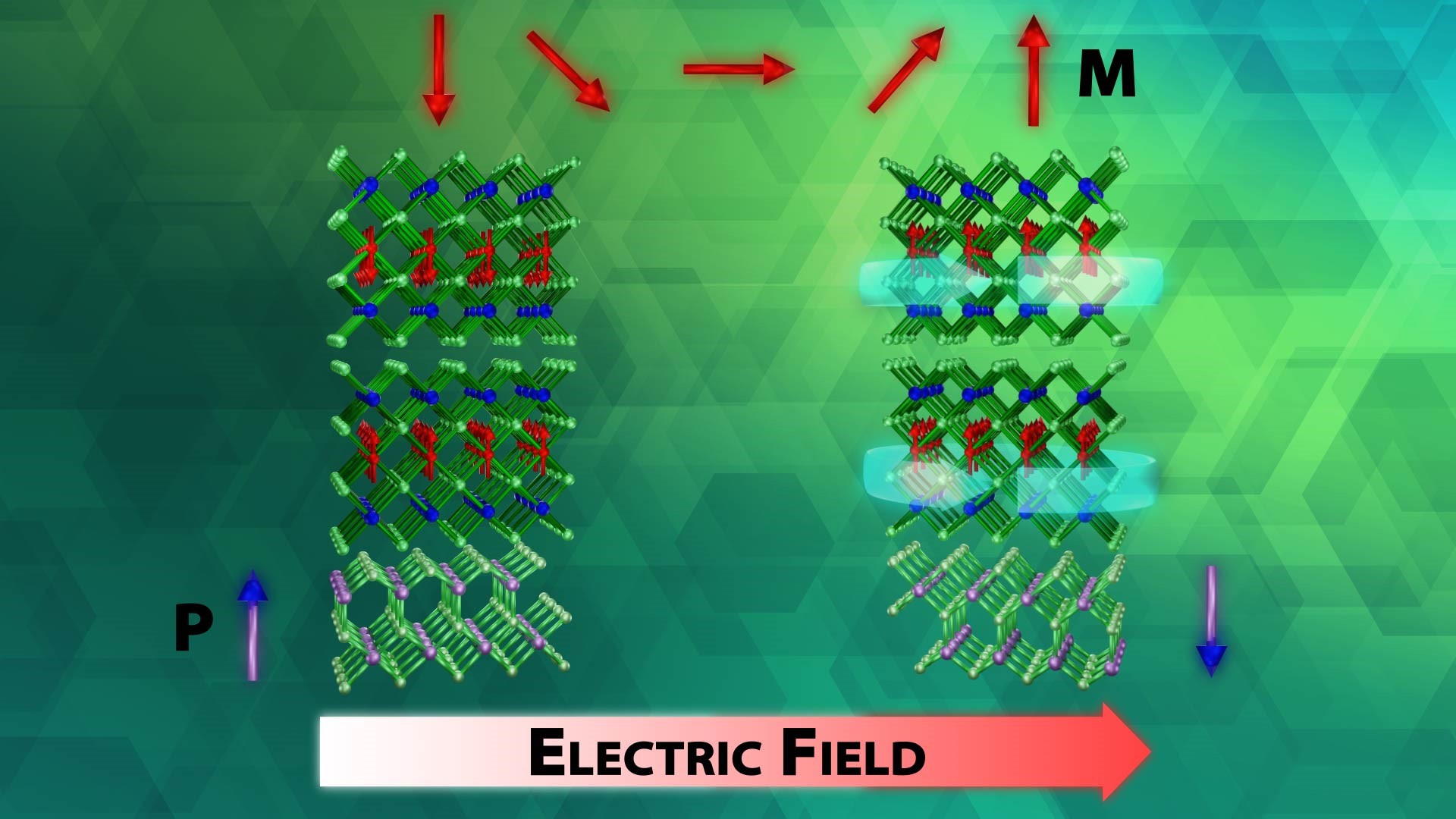
Novel way to manipulate exotic materials
An advance in a topological insulator material — whose interior behaves like an electrical insulator but whose surface behaves like a conductor — could revolutionize the fields of next-generation electronics and quantum computing, according to scientists at Oak Ridge National Laboratory.
Binghamton University and six HBCUs forge New Educational and Research Alliance
In collaboration with the Thurgood Marshall College Fund, Binghamton University, State University of New York has announced a New Educational and Research Alliance (New ERA) with six historically Black colleges and universities (HBCUs): Alabama A&M University, Central State University, Tuskegee University, Prairie-View A&M University, the University of the District of Columbia and Virginia State University.
Superlubricity coating could reduce economic losses from friction, wear
Scientists at the Department of Energy’s Oak Ridge National Laboratory have invented a coating that could dramatically reduce friction in common load-bearing systems with moving parts, from vehicle drive trains to wind and hydroelectric turbines.
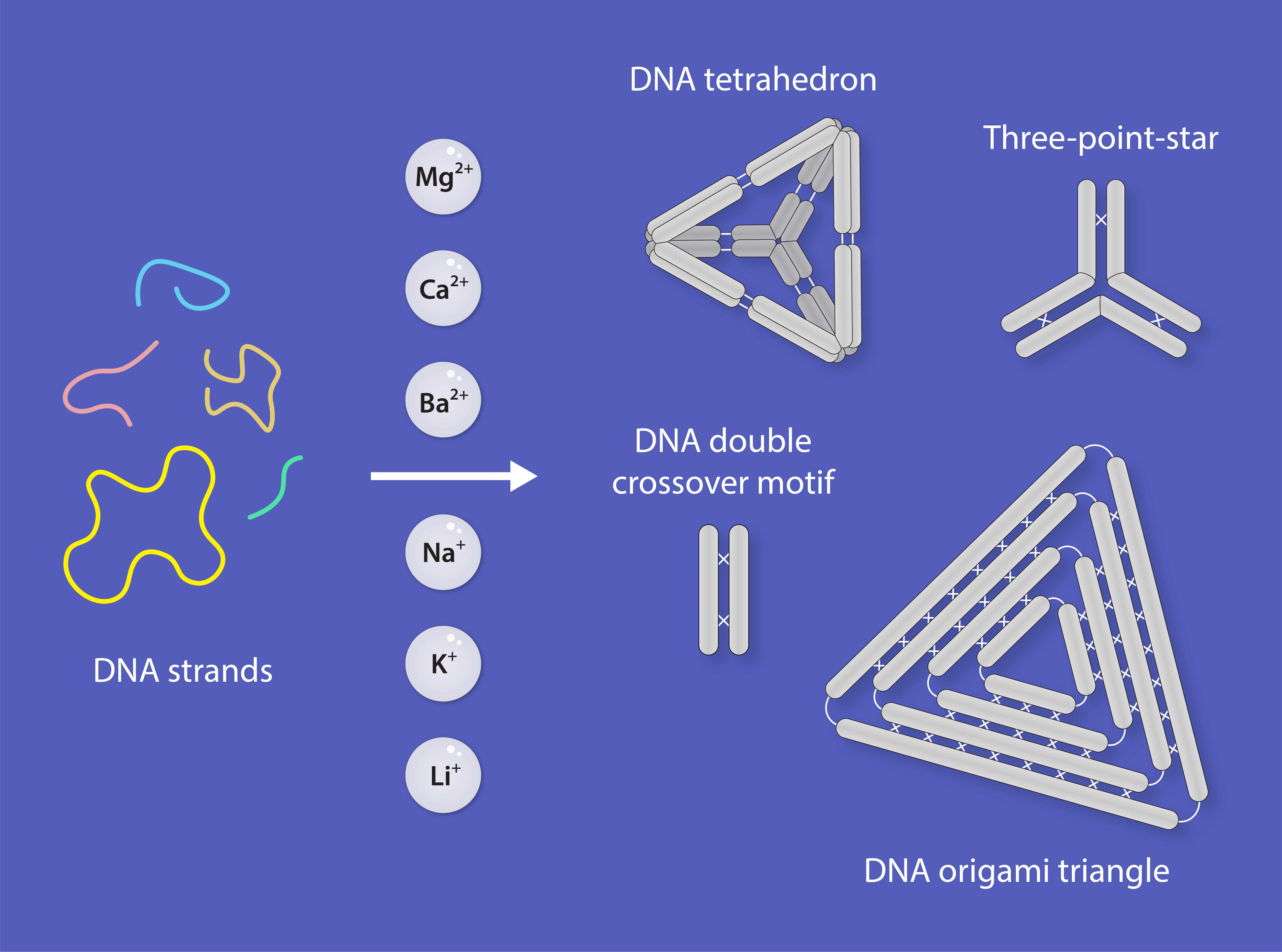
RNA Institute Researchers Advance DNA Nanostructure Stability
Researchers at the University at Albany’s RNA Institute have demonstrated a new approach to DNA nanostructure assembly that does not require magnesium. The method improves the biostability of the structures, making them more useful and reliable in a range of applications.

Advincula Receives Netzsch NATAS Fellows Award
Rigoberto Advincula, a renowned scientist at the Department of Energy’s Oak Ridge National Laboratory and professor of Chemical and Biomolecular Engineering at the University of Tennessee, has won the Netzsch North American Thermal Analysis Society (NATAS) Fellows Award for 2023.
Department of Energy Announces $80 Million for Research to Accelerate Innovations in Emerging Technologies
Today, the U.S. Department of Energy (DOE) announced $80 million, provided by the Office of Science, to support fundamental research to drive the innovation cycle in support of the Accelerate Innovations in Emerging Technologies (Accelerate) initiative.
Research Reveals Thermal Instability of Solar Cells but Offers a Bright Path Forward
A new type of solar technology has seemed promising in recent years. Halide perovskite solar cells are both high performing and low cost for producing electrical energy – two necessary ingredients for any successful solar technology of the future. But new solar cell materials should also match the stability of silicon-based solar cells, which boast more than 25 years of reliability.
Say Hello to the Toughest Material on Earth
Scientists have measured the highest toughness ever recorded, of any material, while investigating a metallic alloy made of chromium, cobalt, and nickel. Not only is the metal exceptionally strong and ductile, its properties become enhanced as it gets colder. This runs counter to most other materials in existence.
From Qubits to Potential Cancer Treatments: Laser Upgrade Opens New Research Possibilities
Things are looking brighter than ever at the Berkeley Lab Laser Accelerator Center. A recently completed upgrade will expand the center’s capabilities into new areas, including studies of particle acceleration, extremely hot plasmas, cancer treatment techniques, and materials for quantum science.
Nanoengineers Develop a Predictive Database for Materials
Nanoengineers at the University of California San Diego’s Jacobs School of Engineering have developed an AI algorithm that predicts the structure and dynamic properties of any material—whether existing or new—almost instantaneously. Known as M3GNet, the algorithm was used to develop matterverse.ai, a database of more than 31 million yet-to-be-synthesized materials with properties predicted by machine learning algorithms. Matterverse.ai facilitates the discovery of new technological materials with exceptional properties.
Forseeing failure
Take a wire paperclip. Now, bend it back and forth in the same spot 15, maybe 20 times. Chances are the paperclip will have broken before you finish. This is due to what’s called metal fatigue, which occurs when a metal component is cyclically stressed until it fails.
Designing Next-Generation Metals, One Atom at a Time
Direct visualization of metal atoms during shear deformation has broad applications from battery design to vehicle lightweighting.
Advanced Matter and Materials the theme at the 3rd HK Tech Forum at CityU
Eminent scholars from academia to industry gathered at the HK Tech Forum on Advanced Matter and Materials, hosted by the Hong Kong Institute for Advanced Study (HKIAS) at City University of Hong Kong (CityU) from 19 to 20 September, to share their findings and explore approaches in the development of advanced materials.
Color Change in Space Materials May Help Measure Degradation Remotely
For the next six months, a camera system on the exterior of the International Space Station (ISS) will be snapping photos of more than a dozen different material samples, gathering detailed information that will help researchers determine how – and why – the harsh conditions of space affect these materials.
Enriching Science Education with Thin Films
Tiffany Kaspar’s work has advanced the discovery and understanding of oxide materials, helping develop electronics, quantum computing, and energy production. She strives to communicate her science to the public.

ORNL welcomes sixth cohort of Innovation Crossroads clean energy entrepreneurs
Oak Ridge National Laboratory’s Innovation Crossroads program welcomes six new science and technology innovators from across the United States to its sixth cohort.
Tulane scientists develop powerful family of two-dimensional materials
Researchers say the material have great potential for applications such as in advanced electronics and high-capacity batteries.
Researchers mimic how water and wind create complex shapes in nature
Researchers at Aalto University have found a way to mimic the natural processes that create complex shapes and landscapes with the help of a vibrating plate and resulting energy fields. The results are published on 22 September 2021 in Science Advances.
One-dimensional red phosphorous glows in unexpected ways
In a study published in Nature Communications, an international team led by Aalto University researchers has found that fibrous red phosphorous, when electrons are confined in its one-dimensional sub-units, can show large optical responses – that is, the material shows strong photoluminescence under light irradiation. Red phosphorous, like graphene, belongs to a unique group of materials discovered in 2017 called one-dimensional van der Waals (1D vdW) materials.
One-dimensional red phosphorous glows in unexpected ways
In a study published in Nature Communications, an international team led by Aalto University researchers has found that fibrous red phosphorous, when electrons are confined in its one-dimensional sub-units, can show large optical responses – that is, the material shows strong photoluminescence under light irradiation. Red phosphorous, like graphene, belongs to a unique group of materials discovered in 2017 called one-dimensional van der Waals (1D vdW) materials.
Story tips: Sensing oil leaks, 3D prints in space, more fuel from ethanol, Arctic modeling boost, making isotopes faster and nano-enabled microscopy
Story tips: Sensing oil leaks, 3D prints in space, more fuel from ethanol, Arctic modeling boost, making isotopes faster and nano-enabled microscopy
Self-powered implantable device stimulates fast bone healing, then disappears without a trace
Researchers know that electricity can help speed up bone healing, but “zapping” fractures has never really caught on, since it requires surgically implanting and removing electrodes powered by an external source. Xudong Wang’s latest invention may make electrostimulation a much more convenient option to speed up bone healing.
Microspheres Quiver When Shocked
A challenging frontier in science and engineering is controlling matter outside of thermodynamic equilibrium to build material systems with capabilities that rival those of living organisms. Research on active colloids aims to create micro- and nanoscale “particles” that swim through viscous fluids like primitive microorganisms. When these self-propelled particles come together, they can organize and move like schools of fish to perform robotic functions, such as navigating complex environments and delivering “cargo” to targeted locations.
Modeling a circular economy for electronic waste
Think about how many different pieces of technology the average household has purchased in the last decade.
A new ‘gold standard’ compound for generating electricity from heat
Researchers show in a new study that a single material, a layered crystal consisting of the elements rhenium and silicon, turns out to be the gold standard of transverse thermoelectric devices.
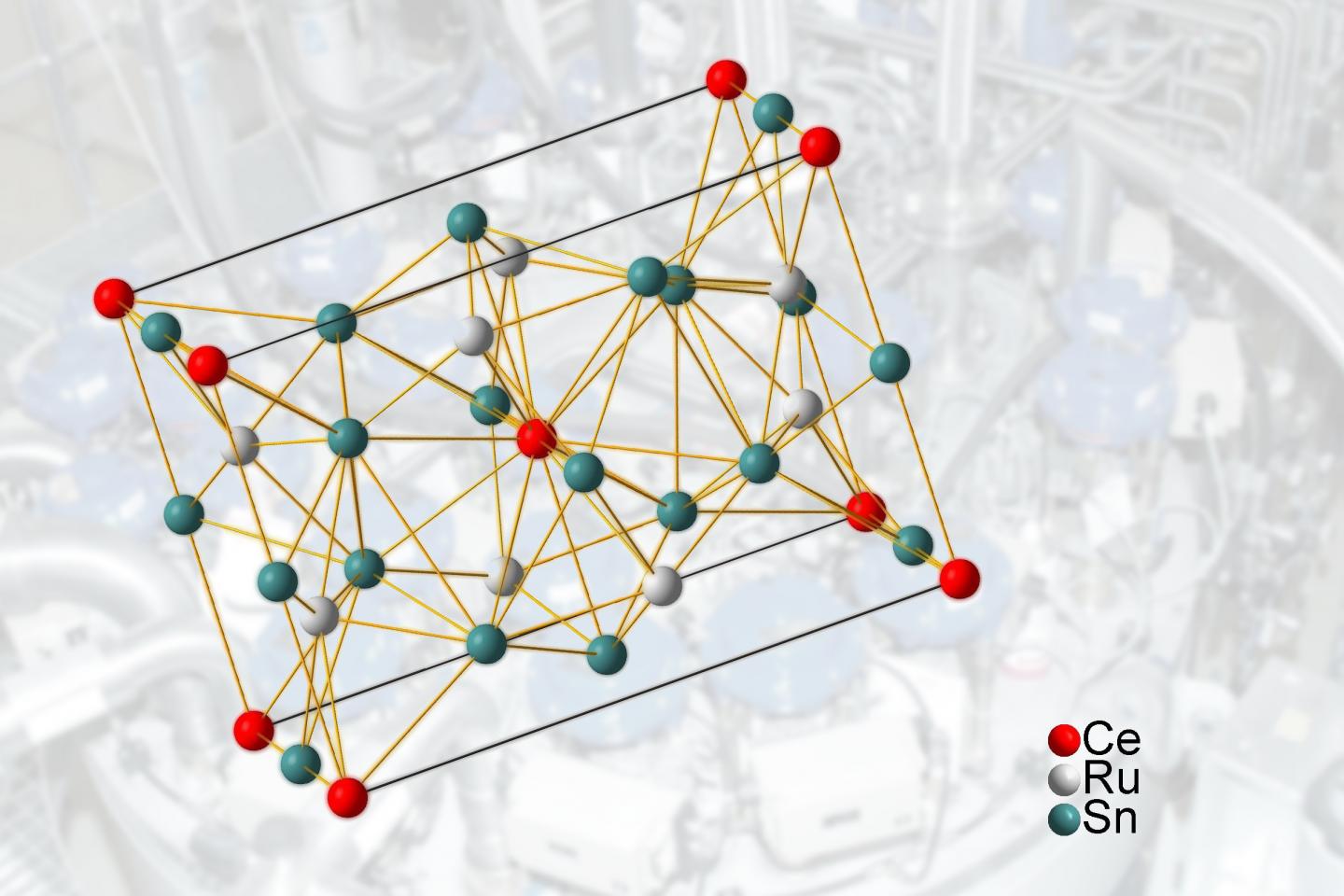
New quantum material discovered
In everyday life, phase transitions usually have to do with temperature changes – for example, when an ice cube gets warmer and melts.
ORNL’s Sergei Kalinin elected Fellow of the Microscopy Society of America
Sergei Kalinin, a scientist and inventor at the Department of Energy’s Oak Ridge National Laboratory, has been elected a Fellow of the Microscopy Society of America professional society.
ORNL’s superb materials expertise, data and AI tools propel progress
At the Department of Energy’s Oak Ridge National Laboratory, scientists use artificial intelligence, or AI, to accelerate the discovery and development of materials for energy and information technologies.
Flexible, easy-to-scale nanoribbons move graphene toward use in tech applications
In a study published April 16 in ACS Photonics, University of Wisconsin–Madison researchers fabricated graphene into the smallest ribbon structures to date using a method that makes scaling-up simple. In tests with these tiny ribbons, the scientists discovered they were closing in on the properties they needed to move graphene toward usefulness in telecommunications equipment.
Quantum material’s subtle spin behavior proves theoretical predictions
Using complementary computing calculations and neutron scattering techniques, researchers from the Department of Energy’s Oak Ridge and Lawrence Berkeley national laboratories and the University of California, Berkeley, discovered the existence of an elusive type of spin dynamics in a quantum mechanical system.
New nondestructive optical technique reveals the structure of mother-of-pearl
A new, nondestructive optical technique will unlock more knowledge about nacre, and in the process could lead to a new understanding of climate history.
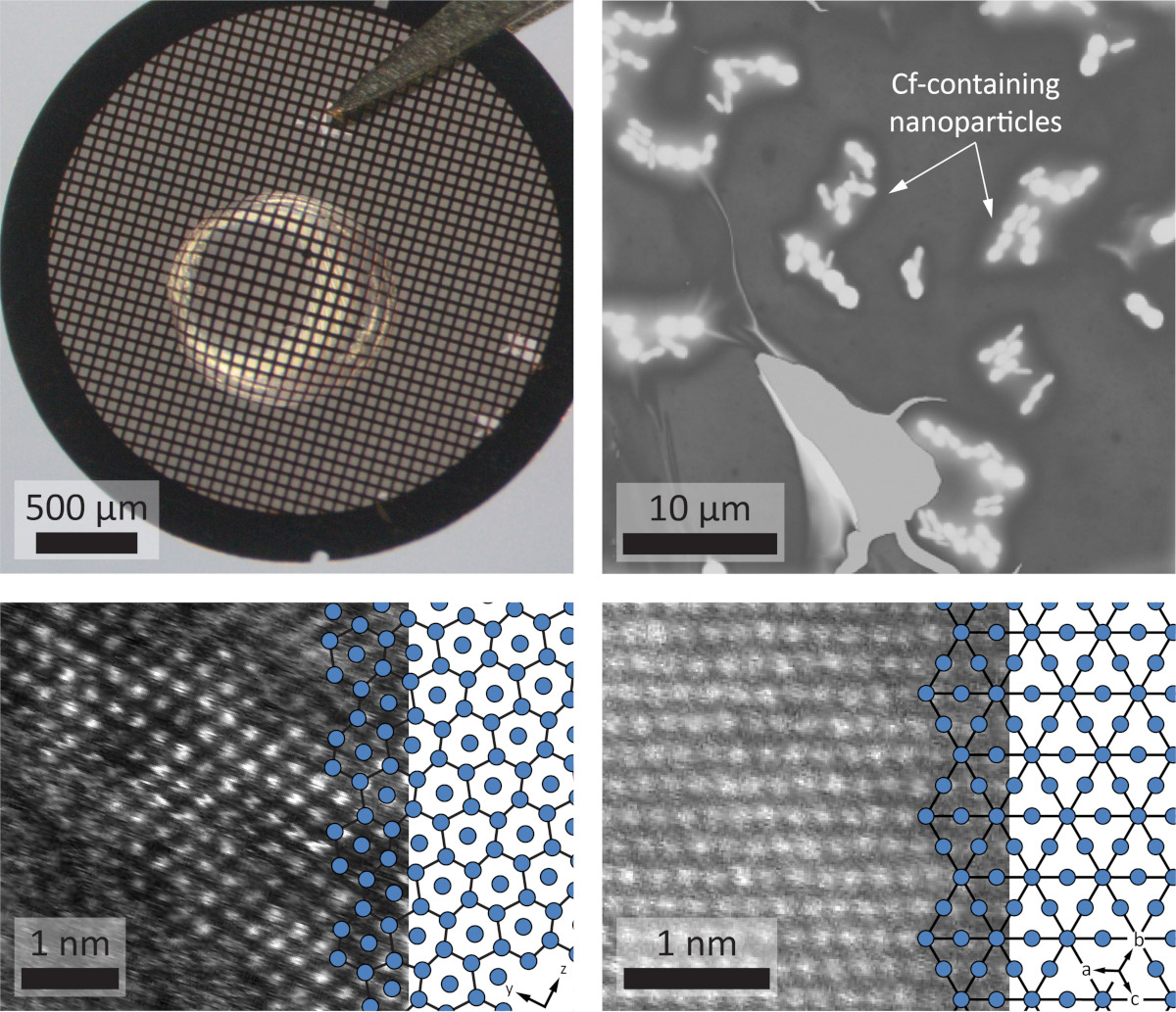
Do You Know the Way to Berkelium, Californium?
Scientists at Berkeley Lab have demonstrated how to image samples of heavy elements as small as a single nanogram. The new approach will help scientists advance new technologies for medical imaging and cancer therapies.

Automated chemistry sets new pace for materials discovery
Researchers at the Department of Energy’s Oak Ridge National Laboratory and the University of Tennessee developed an automated workflow to study metal halide perovskites, materials with outstanding properties for harnessing light that can be used to make solar cells, energy-efficient lighting and sensors.

Quantum computing enables simulations to unravel mysteries of magnetic materials
A multi-institutional team became the first to generate accurate results from materials science simulations on a quantum computer that can be verified with neutron scattering experiments and other practical techniques.
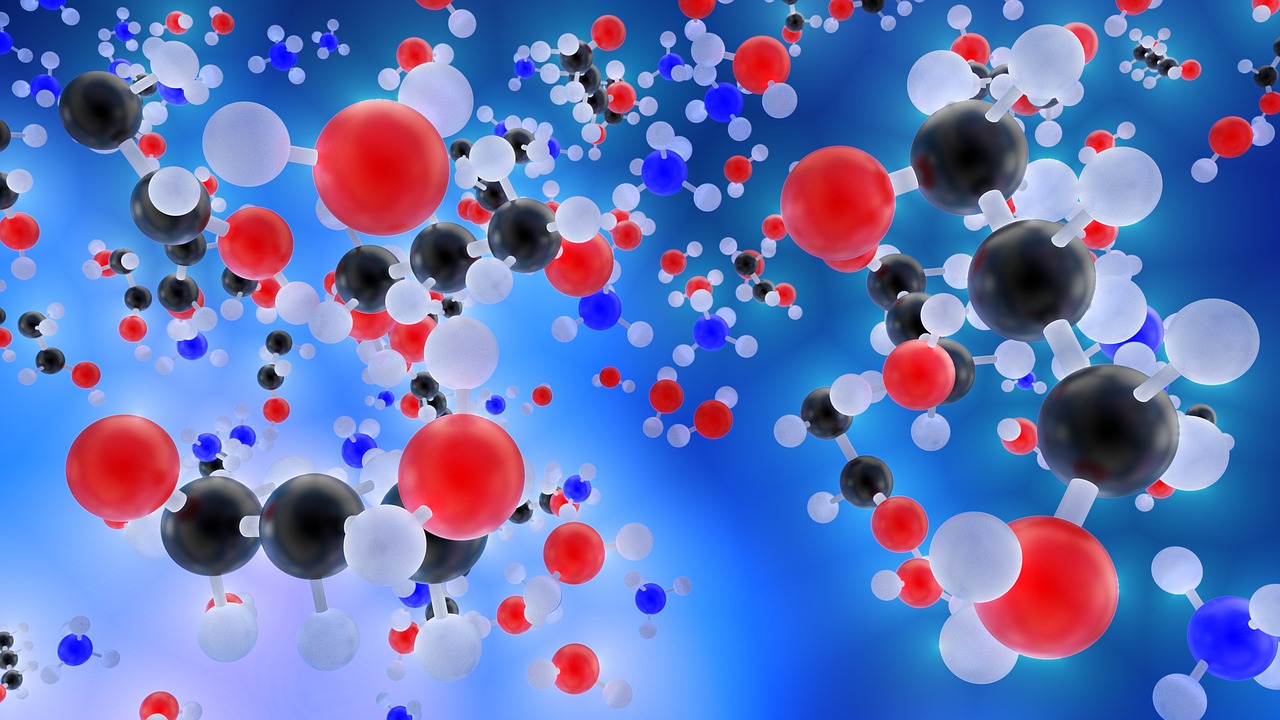
$500,000 grant funds creation of institute to advance AI for materials science
Funds from an NSF $500,000 grant will be used to bring together an interdisciplinary team of researchers with complementary expertise in artificial intelligence (AI) and material science to lay the groundwork for an AI-Enabled Materials Discovery, Design, and Synthesis (AIMS) Institute.

3D-Printed Smart Gel Changes Shape When Exposed to Light
Inspired by the color-changing skin of cuttlefish, octopuses and squids, Rutgers engineers have created a 3D-printed smart gel that changes shape when exposed to light, becomes “artificial muscle” and may lead to new military camouflage, soft robotics and flexible displays. The engineers also developed a 3D-printed stretchy material that can reveal colors when light changes, according to their study in the journal ACS Applied Materials & Interfaces.

The Mass of Human-Made Materials Now Equals the Planet’s Biomass, Weizmann Institute Finds
The Weizmann Institute’s Prof. Ron Milo has shown that the mass of materials humans produce is now equal to that of all living things on Earth – and we’re doubling that rate every 20 years. He warns that we are at the crossover point and must all “take responsibility.”
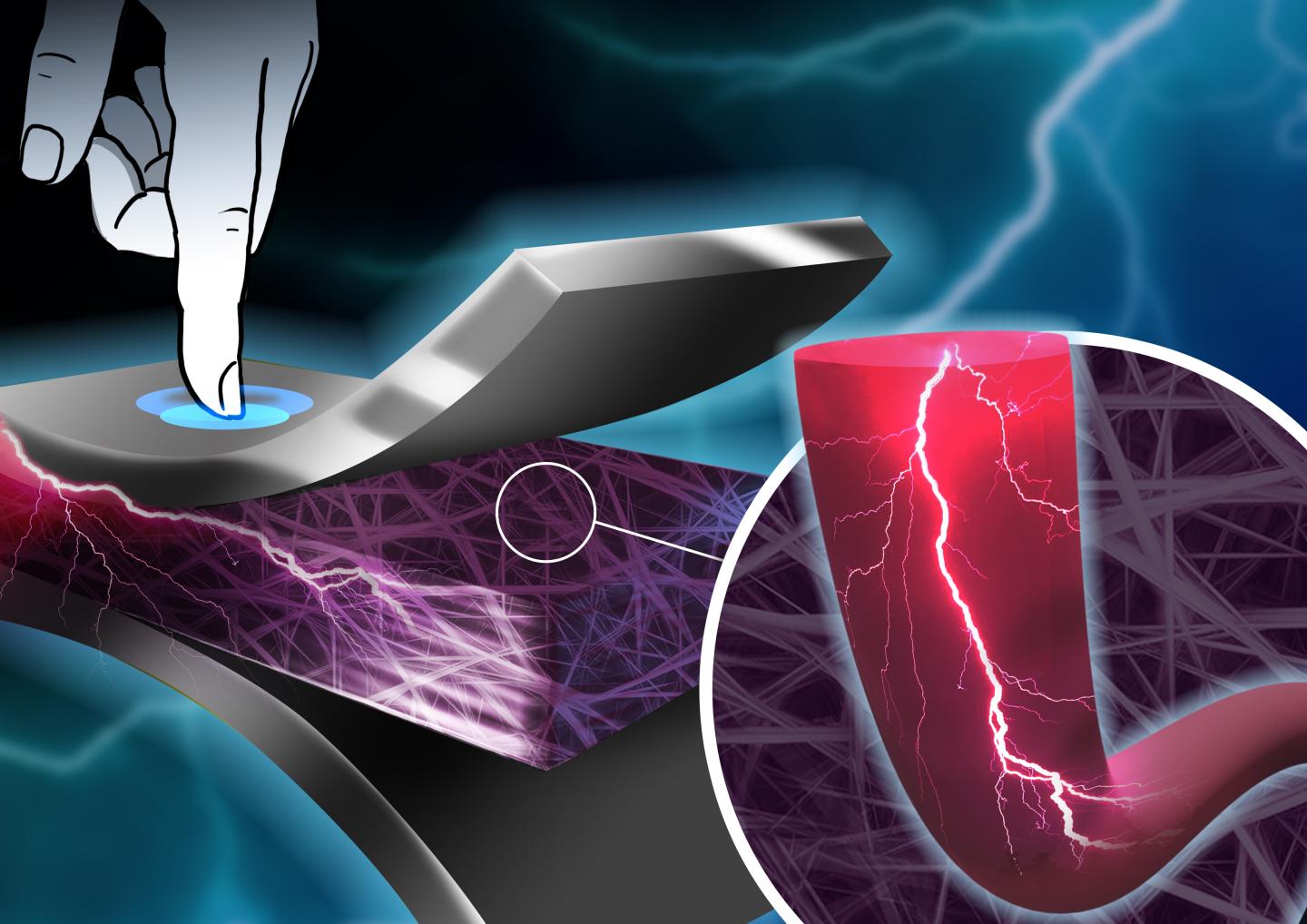
Swirl power: how gentle body movement will charge your mobile phone
Researchers have found a way to produce nylon fibres that are smart enough to produce electricity from simple body movement, paving the way for smart clothes that will monitor our health through miniaturised sensors and charge our devices without any external power source.

Story Tips: Ice breaker data, bacterial breakdown, catching heat and finding order
ORNL story tips: Ice breaker data, bacterial breakdown, catching heat and finding order
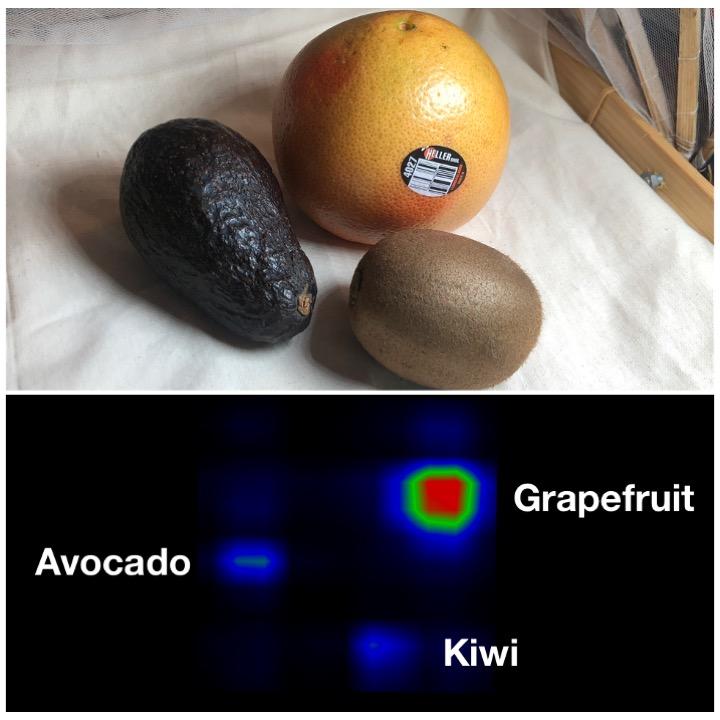
Smart tablecloth can find fruit and help with watering the plants
Researchers have designed a smart fabric that can detect non-metallic objects ranging from avocadoes to credit cards, according to a study from Dartmouth College and Microsoft Research.
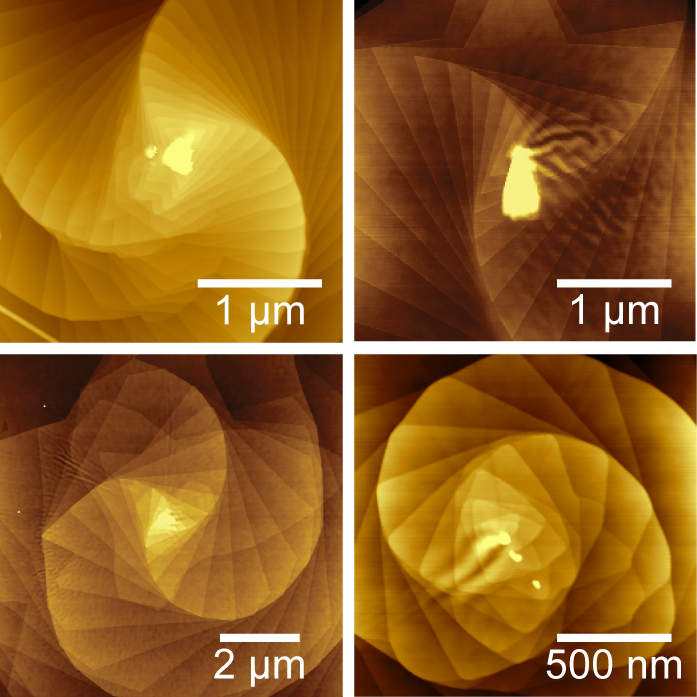
Do the twist: Making two-dimensional quantum materials using curved surfaces
Scientists at the University of Wisconsin–Madison have discovered a way to control the growth of twisting, microscopic spirals of materials just one atom thick. The continuously twisting stacks of two-dimensional materials built by a team led by UW–Madison chemistry Professor Song Jin create new properties that scientists can exploit to study quantum physics on the nanoscale.

Q&A: How machine learning helps scientists hunt for particles, wrangle floppy proteins and speed discovery
At the Department of Energy’s SLAC National Accelerator Laboratory, machine learning is opening new avenues to advance the lab’s unique scientific facilities and research.
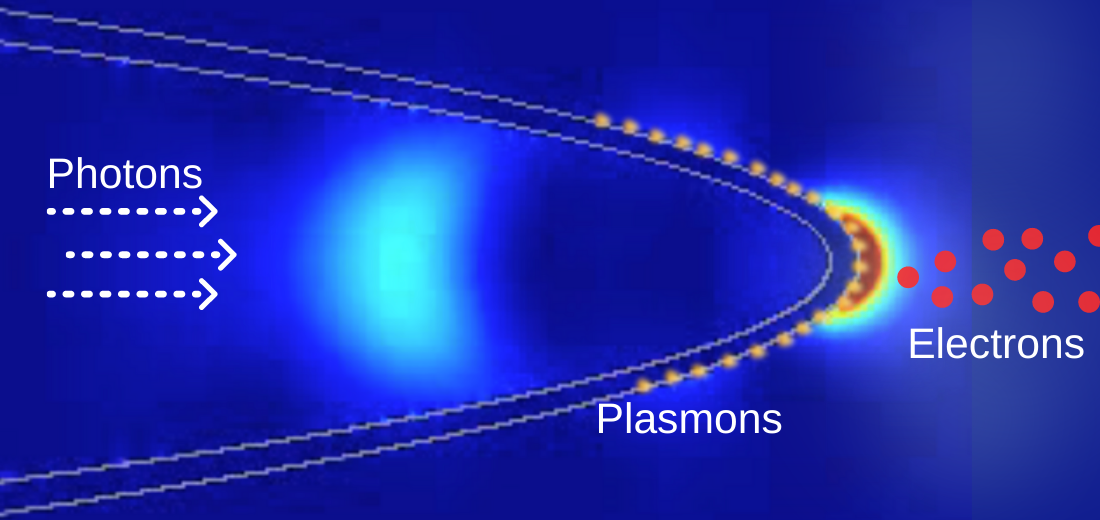
First fiber-optic nanotip electron gun enables easier nanoscale research
Scientists at Oak Ridge National Laboratory and the University of Nebraska have developed an easier way to generate electrons for nanoscale imaging and sensing, providing a useful new tool for material science, bioimaging and fundamental quantum research.